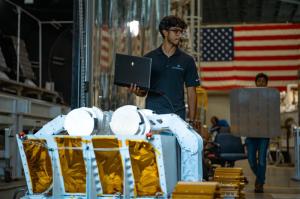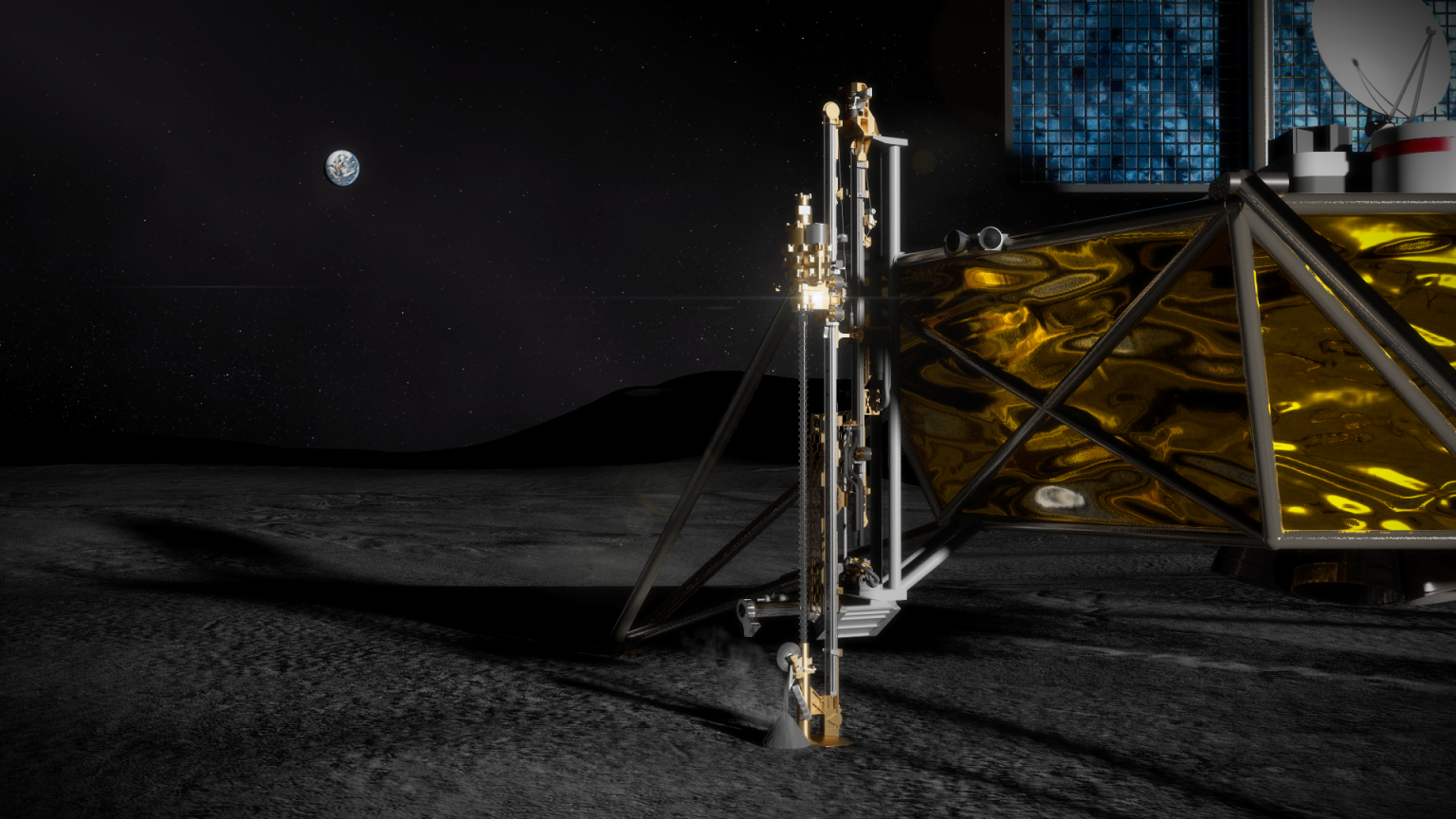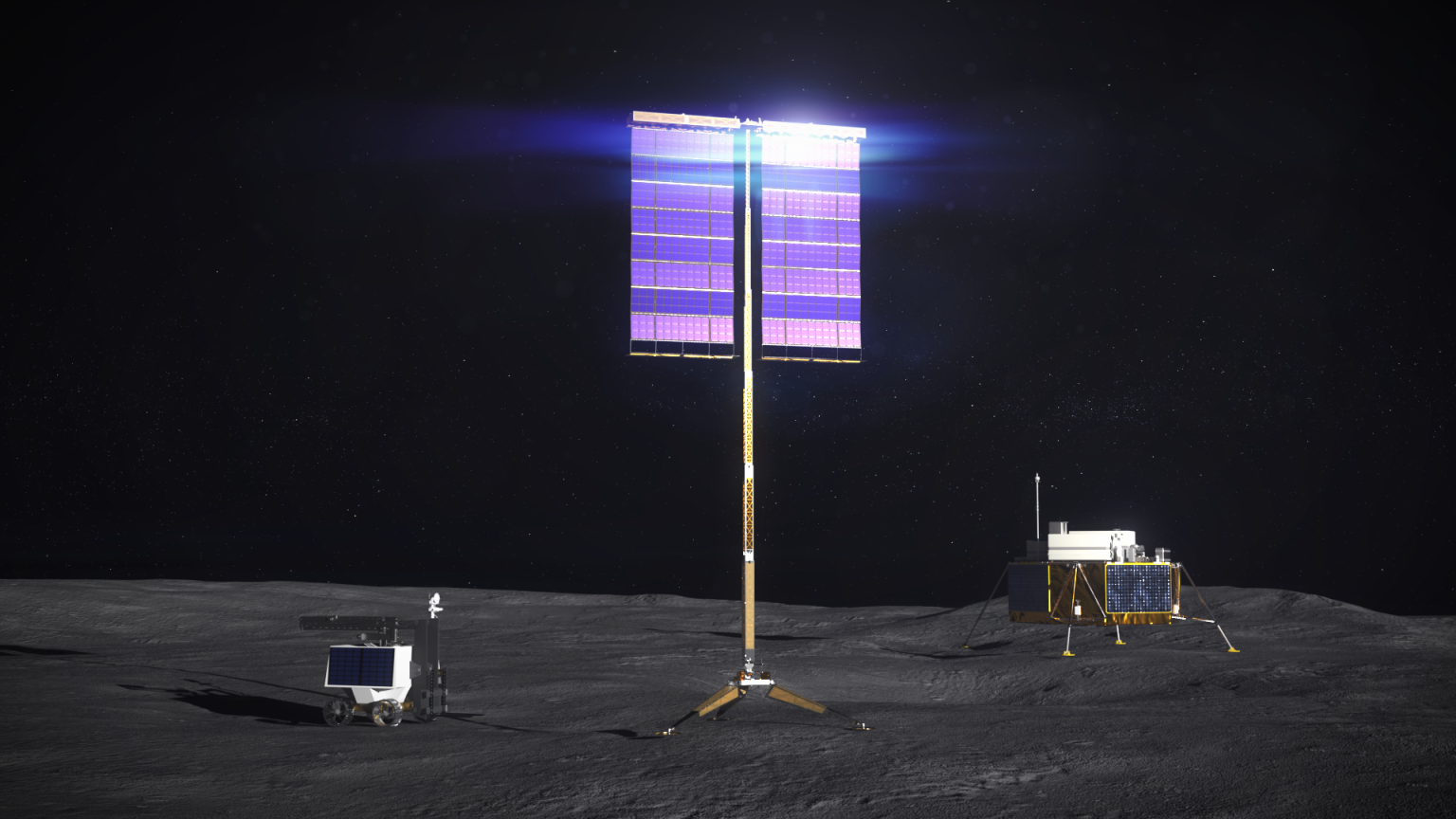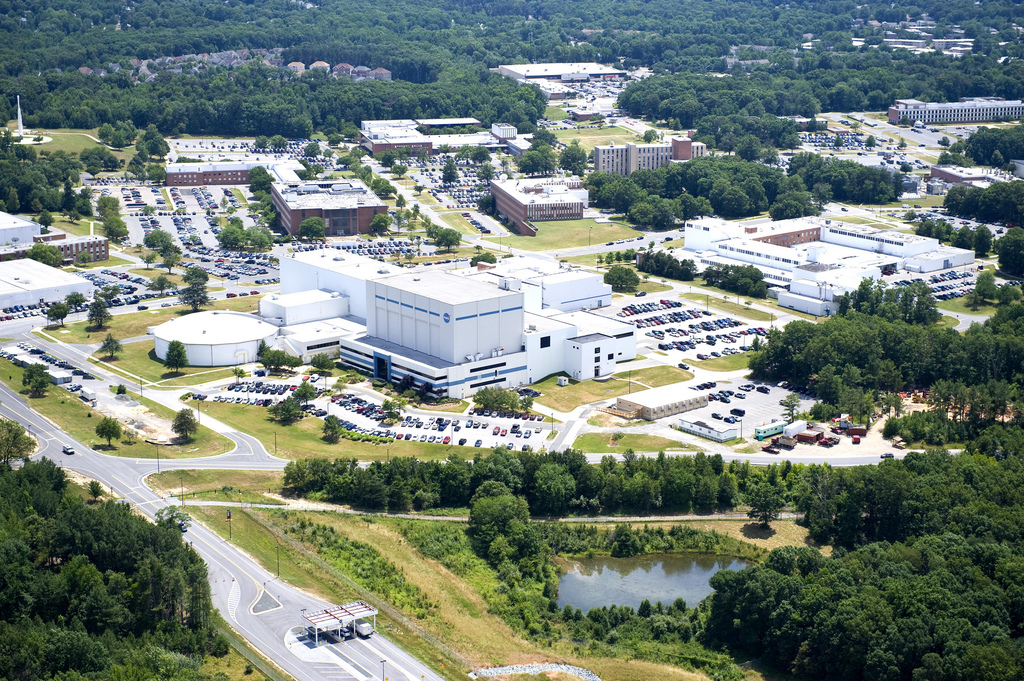Note: Please note that this is an “archived project” and is no longer updated. This article is meant for historical purposes only.
Methane (CH4) is an important biomarker on extraterrestrial planets such as Mars. Methane could be a byproduct of biological processes or geochemistry. Localizing the sources and sinks over day and night would provide better understanding of those processes and possible landing site locations for a future Mars mission.
Methane is also the second most important greenhouse gas on Earth. Accurate measurements of the sources and sinks of methane will increase our understanding of the complex world we live in. Sampling methane concentrations on a global scale can be performed using satellite based laser systems. These systems measure the absorption of specific frequencies of light as it travels through the atmosphere and is reflected back from the Earth’s surface. The laser technology needed for these satellite systems does not currently exist.
Several NASA centers (including Goddard Space Flight Center and Langley Research Center) are developing the technology for satellite based laser systems. A crucial component of these laser systems is a seed laser at 1.65 microns (µm). An advanced, tunable, semiconductor seed laser source module is needed for a practical implementation of the Methane LIDAR Instrument needed for NASA’s Remote Sensing Applications.
Freedom Photonics was competitively selected to develop a tunable seed laser at 1.65 µm that will enable a satellite based laser system and remote methane detection from space and airborne platforms. The Freedom Photonics seed lasers will be used in Goddard’s Methane LIDAR to demonstrate and validate methane measurements on the ground and from an airborne platform. Although important to NASA, this technology can also be commercialized to provide remote detection capabilities and detect leaks from pipelines and storage facilities.


































